COVID-19: A tale of two mighty cities in India amid the pandemic
Rarely have these two mighty Indian megalopolises -- one the nation's capital and the other its commercial capital -- looked so 'helpless'
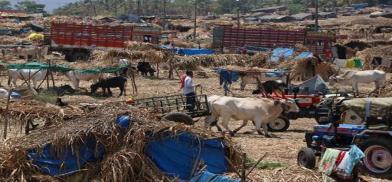
New Delhi/Mumbai: Rarely have these two mighty Indian megalopolises -- one the nation's capital and the other its commercial capital -- looked so 'helpless'.
As actors in Mumbai and politicians in Delhi get a taste of the virus, the two cities are finding it increasingly tough to deal with the pandemic with their available resources and health infrastructure.
As Maharashtra on Wednesday recorded new highs on the COVID-19 dashboard - 149 deaths and 3,254 cases - the highest 97 fatalities were reported in Mumbai. So why is Mumbai facing this unprecedented crisis?
Overcrowding is the first obvious answer. The huge disparity between people living and available resources puts huge pressure on hospitals, doctors, nurses, municipal staff and police personnel. Around 1.75 crore people dwell in an area that is roughly 325 square km, making it a compelling case study.
While officials claim Dharavi, described as the largest slum of Asia, is on way to be a success case study in being able to contain the spread of the virus there, roughly 2,000 cases and 75 deaths seem too impractical to believe for many.
Given the congested nature of the slum and no provision for social distancing within households, many ask for comprehensive and sustained tests to gauge the spread of COVID-19 in the area.
While, officials continue to claim 75,000 beds are available for Mumbaikars, complaints incessantly pouring in about unavailability.
According to the latest data from BMC, 99 percent intensive care unit beds in Mumbai are full and 94 percent ventilators are occupied in both public and private hospitals in the metropolis. There are 464 ventilators in public and private hospitals, of which majority are said to be occupied.
To complicate matters, rising death counts means more dead bodies and their management which has become a matter of grave concern of the otherwise economic capital of India.
In May, BJP MLA Nitish Rane tweeted the image of dead bodies in KEM Hospital, saying: "This is KEM hospital Mumbai !" The photo of several dead bodies lying in a corridor of the King Edward Memorial (KEM) Hospital in Mumbai created a massive online outrage. Meanwhile, all-electric crematoria function at double capacity in Mumbai.
Yet, bodies continue to pile up in the metropolis that was otherwise known for its glitz and glamour and opposition leaders allege that it can take 15-22 hours to dispose of a body, such are queues outside crematoria or cemeteries.
Though the national capital hasn't been as awfully affected as Mumbai is, Thursday changed everything.
Municipal Corporation of Delhi (MCD) on Thursday released figures about cremation of patients who died due to coronavirus to suggest 2,098 such corpses have been cremated so far. The reason this figure is a game-changer is because the official death tally for Delhi has been 984, less than half of the number given by MCD.
While the MCD is ruled by the BJP and the Delhi government is being run by the Aam Aadmi Party, the politics of it can not be ignored.
However, what remains a fact is Delhi's health infrastructure is coming under an increasing pressure. After Chief Minister Arvind Kejriwal's 'Delhi hospital for Delhites' order was overruled by Lt Governor Anil Baijal, he warned that Delhi will need 150,000 beds by the end of July if its hospitals need to treat COVID-19 patients from other states, too.
"By July 31, 80,000 beds were projected for the people of Delhi. But now, we will need a total of 150,000 beds," he said in a press conference. But with the gap between what needs to be done and what is being done, more and more Delhi's residents are taking to social media to complain about how they have been "rejected" by hospitals.
The pandemic hasn't spared those from the corridors of power. BJP leader Jyotiraditya Scindia is down with the virus along with his mother. BJP's TV face Sambit Patra was admitted to Medanta. The head of Press Information Bureau, K.S. Dhatwalia was admitted to the All India Institute of Medical Sciences (AIIMS) trauma centre after testing Covid positive. The National Media Centre (NMC) remained closed and his contacts -- all senior bureaucrats -- were quarantined.
The virus has hit the Defence ministry, the Civil Aviation Ministry, and even the Rashtrapati Bhawan estate. In fact, the Defence Secretary was one of the first top bureaucrats to test Covid positive.
With more death, mortuaries are running out of place. In May, photos emerged suggesting several dead bodies were kept at a passage inside the premises of Lok Nayak Jai Prakash Narayan Hospital in Delhi. The reason for this was believed to be as the mortuary ran out of space.
The glitz of Mumbai is gone and so has the power of Delhi. Both these mighty metropolises now look feeble in their fight in the battle to defeat COVID-19 (IANS)



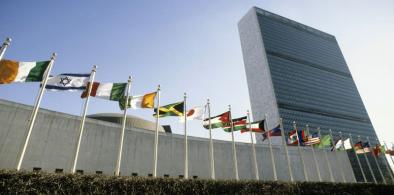

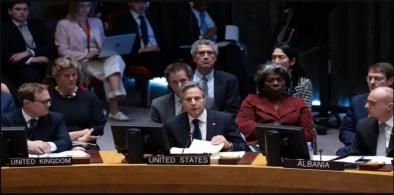
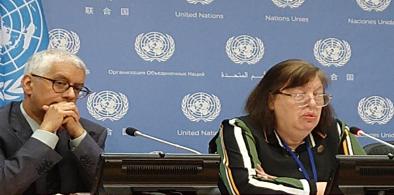

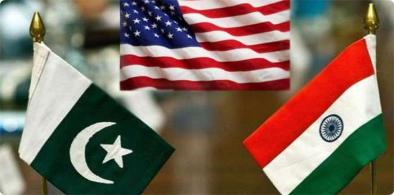







Post a Comment